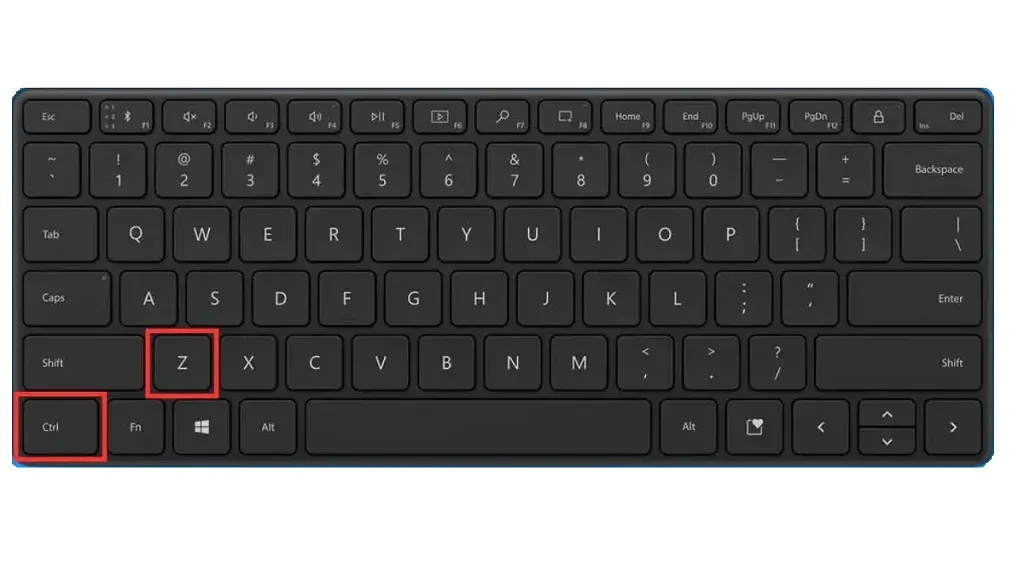Have you ever mistakenly typed the wrong word, deleted something important, or formatted a document only to realize it looked better? Fear not, Windows PC warriors! The ever-helpful "Undo" and "Redo" functions save the day, allowing you to navigate your digital edits confidently. In this comprehensive guide, we'll know how to Undo and Redo on your Windows PC/ Laptop, empowering you to become a master of revisions on your Windows machine.
How to Undo (Backspace Button)?
Think of the Undo command (often represented by the keyboard shortcut Ctrl+Z) as your digital backspace button. It reverses the most recent action you performed within a program. Accidentally delete a paragraph you spent ages writing? Press Ctrl+Z and it reappears like magic. Typed the wrong address in a web form? A quick Ctrl+Z brings you back to a clean slate. The Undo function acts as a safety net, allowing you to experiment and explore edits without permanent consequences.
The beauty of Undo in most Windows programs is its multi-step capability. Imagine meticulously formatting a document, only to decide halfway through that the initial layout was better. Simply keep pressing Ctrl+Z repeatedly to undo each formatting change you made, one step at a time. This allows for granular control over your edits, ensuring you can return to any previous version of your work with ease.
While Undo is a powerful tool, it's important to understand its limitations. Some actions, like saving a file or closing a program, might not be reversible with Undo. Additionally, programs may have a limit on the number of past actions they can remember. So, if you go on an editing spree and then decide you want to undo a change from hours ago, you might be out of luck.
How to Redo?
Let's say you used Undo a bit too liberally and accidentally reversed a change you actually wanted to keep. This is where the Redo function (often Ctrl+Y or F4) comes in. Redo essentially reverses the Undo command, bringing back the action you most recently undid. It's like a do-over button for your edits, allowing you to fine-tune your revisions and achieve the perfect result.
The Undo and Redo functions are fundamental tools in any Windows user's arsenal. By understanding their capabilities and limitations, you can transform your editing workflow, saving time, reducing frustration, and ultimately, achieving the polished results you desire. So, the next time you find yourself facing an editing mishap, remember the power of Undo and Redo – your loyal companions on the journey to digital mastery.

